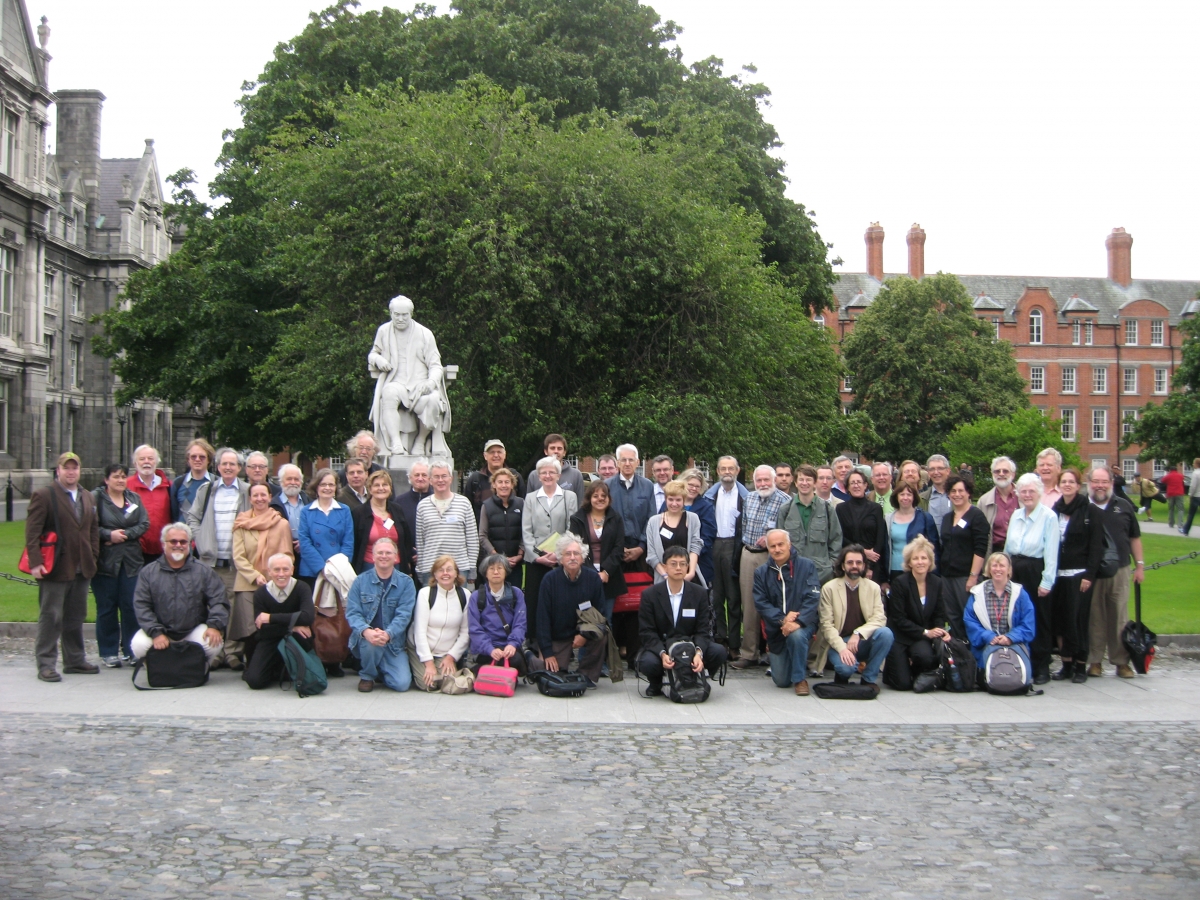- About MAA
- Membership
- MAA Publications
- Periodicals
- Blogs
- MAA Book Series
- MAA Press (an imprint of the AMS)
- MAA Notes
- MAA Reviews
- Mathematical Communication
- Information for Libraries
- Author Resources
- Advertise with MAA
- Meetings
- Competitions
- Programs
- Communities
- MAA Sections
- SIGMAA
- MAA Connect
- Students
- MAA Awards
- Awards Booklets
- Writing Awards
- Teaching Awards
- Service Awards
- Research Awards
- Lecture Awards
- Putnam Competition Individual and Team Winners
- D. E. Shaw Group AMC 8 Awards & Certificates
- Maryam Mirzakhani AMC 10 A Awards & Certificates
- Two Sigma AMC 10 B Awards & Certificates
- Jane Street AMC 12 A Awards & Certificates
- Akamai AMC 12 B Awards & Certificates
- High School Teachers
- News
You are here
HoM Toolbox, or Historiography and Methodology for Mathematicians: Introduction
This installment of the HoM Toolbox provides an overview of the chief considerations and practices involved in researching and writing the history of mathematics. Contrary to often-used phrases such as “History tells us” this or ”History shows” that, the meaning of past events in not self-evident. Rather, historians gather evidence left behind by people of the past—including books, letters, written records, and photographs, but also physical objects and the built environment—analyze that evidence by dissecting individual sources and by comparing sources against each other, and draw conclusions about how events unfolded and why individuals or groups were significant. Frequently, the evidence can support multiple conclusions, so historians discuss and debate their interpretations with each other.
History is a professional academic discipline, and historians hold each other to high standards for ethics and competence, such as the guidelines established by the American Historical Association [2019]. Although historians are expected to use sound methods and theories as they attempt to understand the past, those methods and theories are not closely-guarded secrets. Rather, they are available for anyone to learn and use; while some people will have more aptitude for history than others—as is the case with any human endeavor—a chief prerequisite for becoming a historian of mathematics is the willingness to work hard. If you have read this far, you can develop the skills of a historian!

Figure 3. Professional historians of mathematics hold academic conferences to exchange information and ideas.
This joint meeting of the British Society for the History of Mathematics and the Canadian Society for History and Philosophy of Mathematics took place at Trinity College Dublin in 2011.
Photo by Tony Mann, distributed via the CSHPM/SCHPM Bulletin.
The rest of this introductory installment outlines some of the major arenas in which the hard work of learning to be a historian occurs. First, we define “history” and explore why readers of this series might want to gain proficiency with researching and writing the history of mathematics. Second, we ask how we know about the past by considering various categories of primary sources as well as techniques for drawing information from those sources. Third, we look at how historians put together all of the information they have gathered to make an argument about why the person, place, event, idea, or time period they are describing was historically significant. We will see that this process of interpretation is both creative and fully grounded in primary-source evidence. Fourth, we will briefly note that the field of history of mathematics has its own history and show how that history connects to historiography, the practices historians use to make sense of the past. Finally, we will provide an exercise in writing your personal philosophy of the history of mathematics that can be used in a classroom or for self-study. References to other discussions of why history of mathematics is a worthwhile enterprise will appear throughout the article. To dig more deeply into the nuts and bolts of historical research and writing, readers are referred to two outstanding online handbooks aimed at history students in general: [Cronon 2008–2009] and [Rael 2004].
Amy Ackerberg-Hastings (MAA Convergence), "HoM Toolbox, or Historiography and Methodology for Mathematicians: Introduction," Convergence (December 2022)




